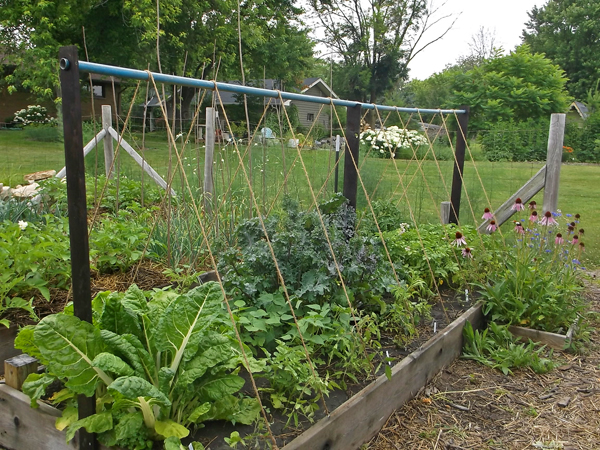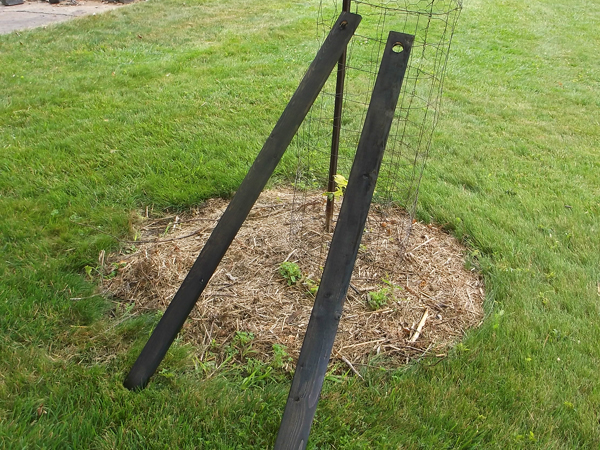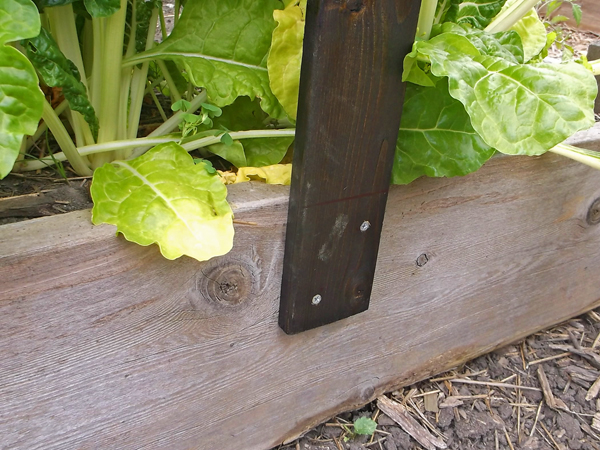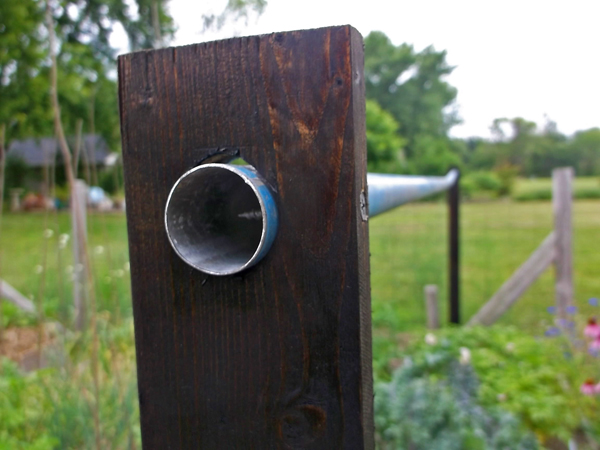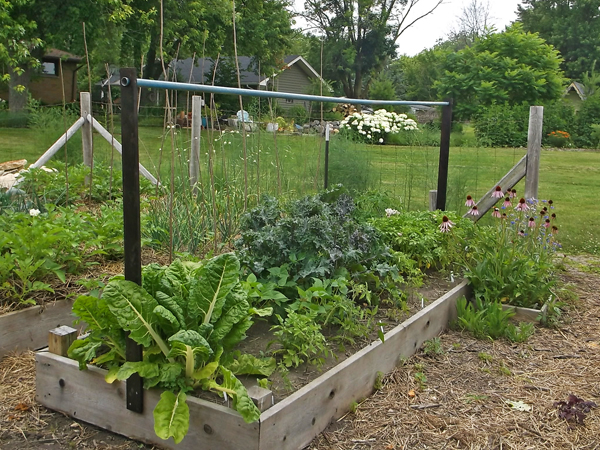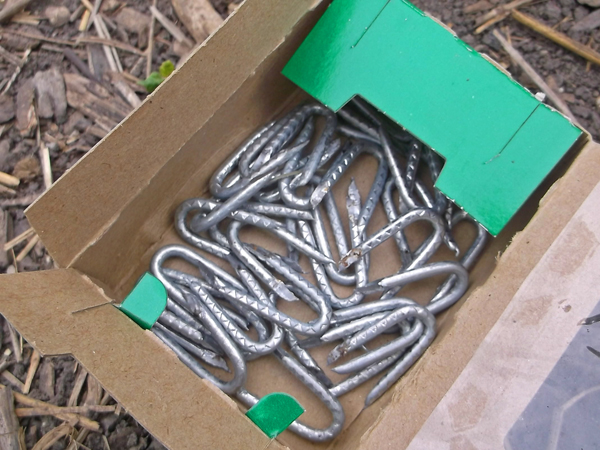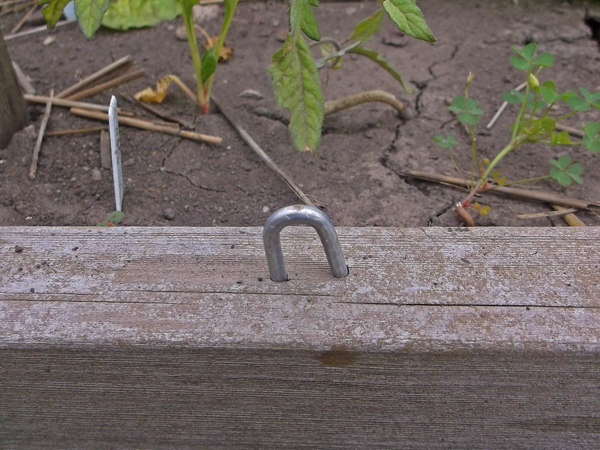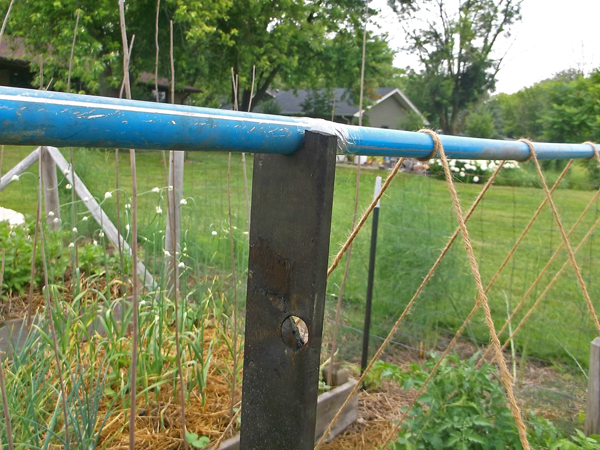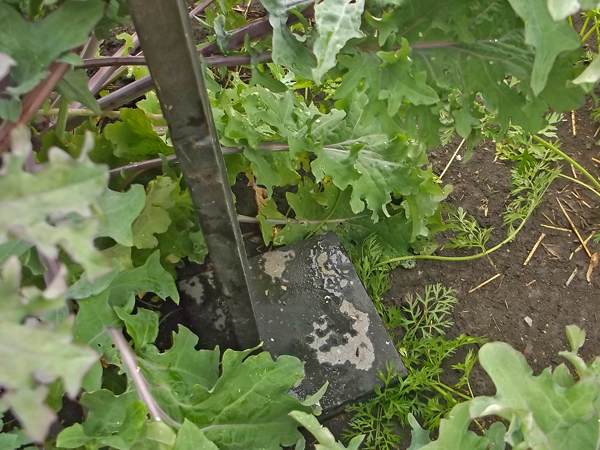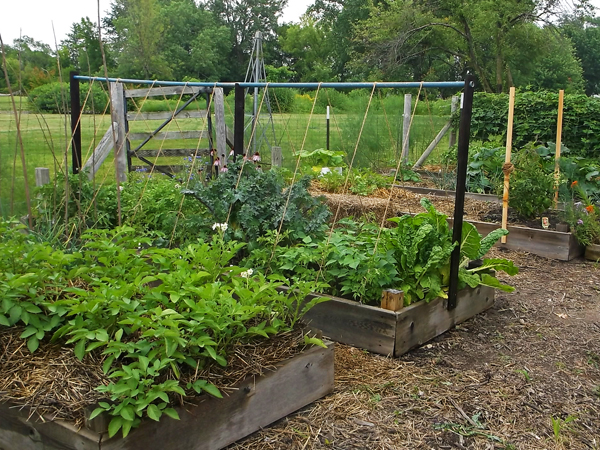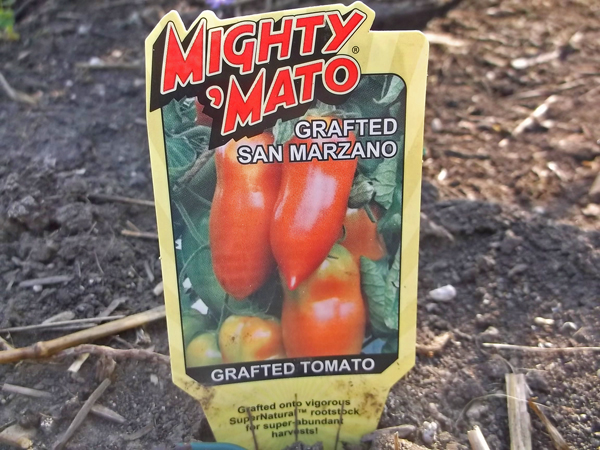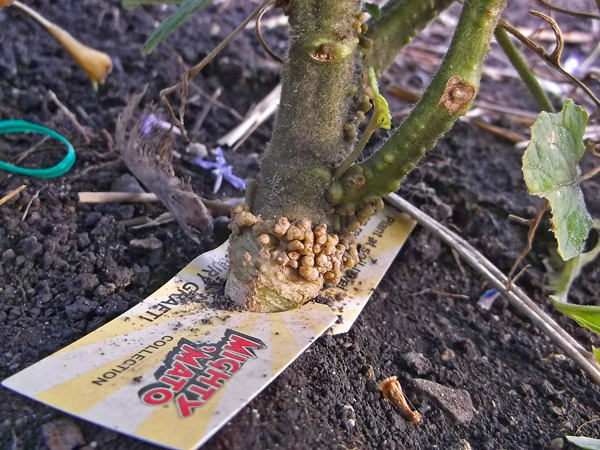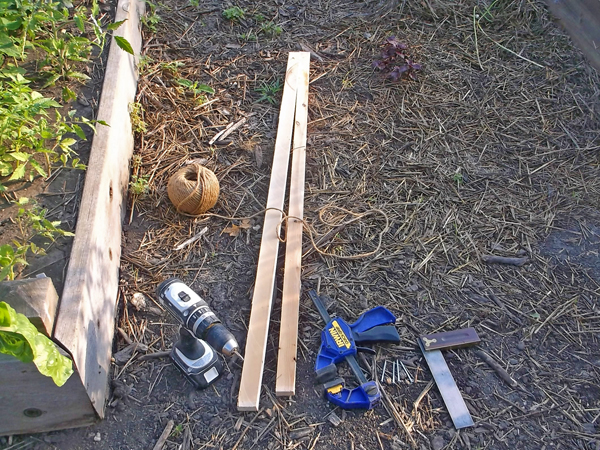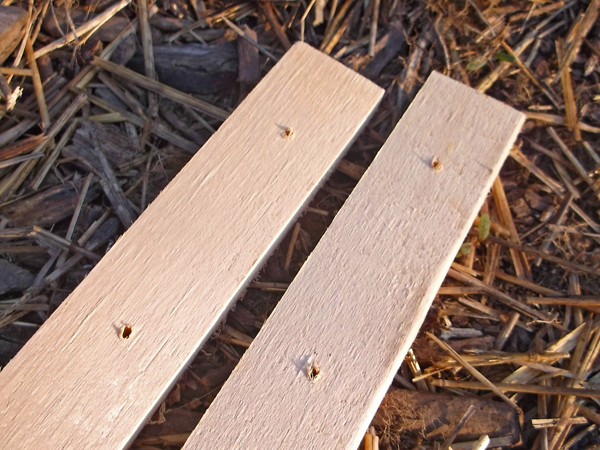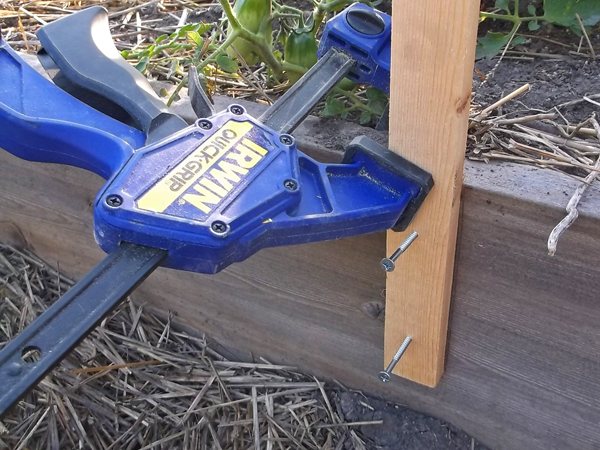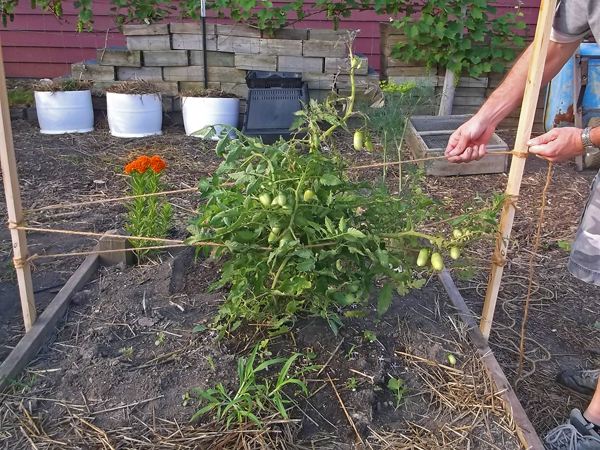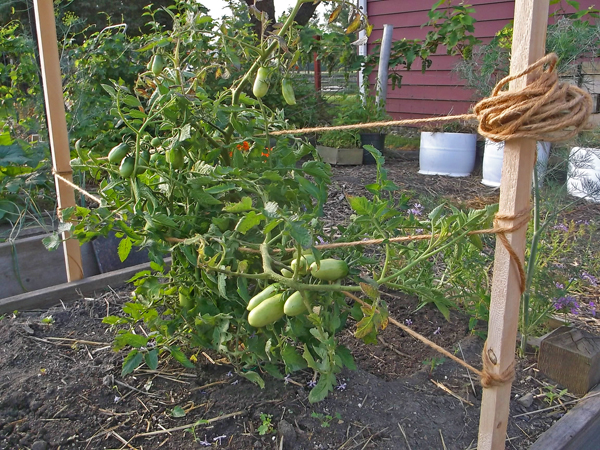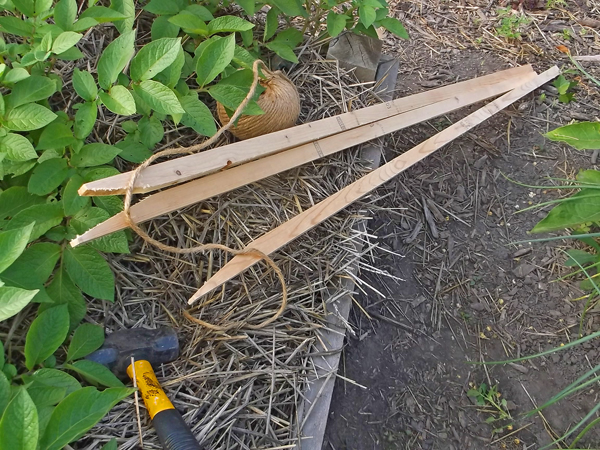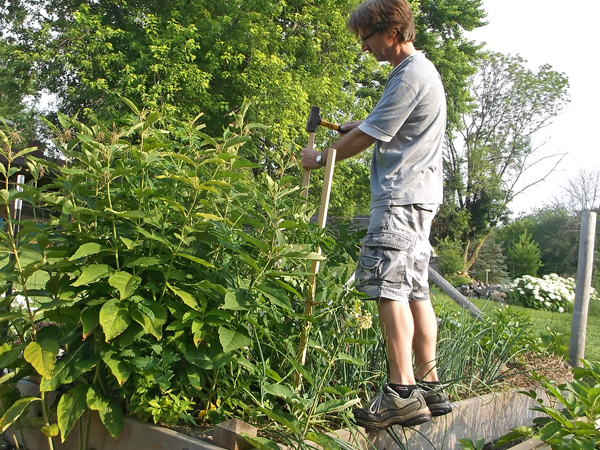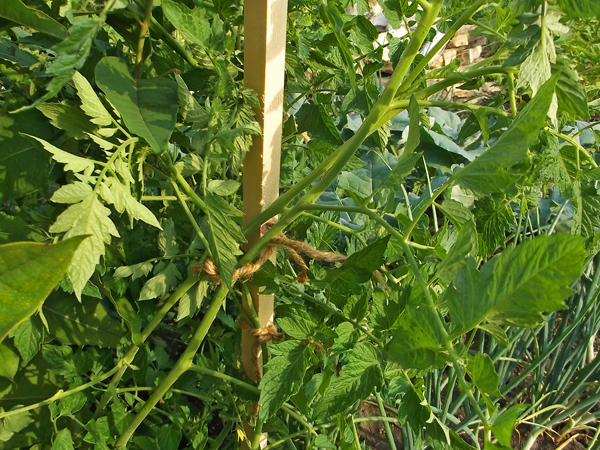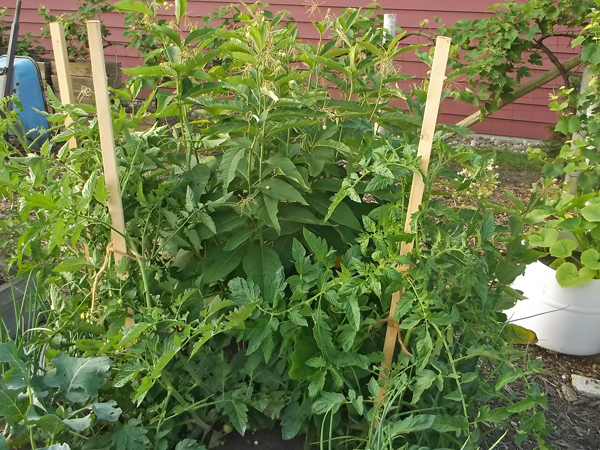How did I wind up planting twenty one tomato plants this spring? Anyone that knows me, knows that I don’t like tomatoes. Well, raw tomatoes anyhow. So, 19 of those plants are Roma type tomatoes, cooking tomatoes. You see, I love making homemade pizza, pasta sauces, and stews in winter, so this year, I came up with the idea of canning my crop, rather than freezing, as I’ve done in the past. Freezing is easy. Pick a few ripe tomatoes, put them in a freezer bag, repeat. When the bag is full, start a new one. Canning doesn’t work that way. You pick a bushel of tomatoes, you blanch them, remove the skins, boil lots of water …. Well, that’s why I planted so many Roma tomatoes, one does not can three jars of sauce, no, one does not. One spends all day in a steamy kitchen, canning dozens of jars of tomatoes, so that when friends come over, and you ask them to go into the pantry to get a jar of tomato sauce, they come out and say … well, who knows what may come out of their mouths when they see jar upon jar of home canned tomatoes. All I know, is that next winter is going to involve a lot of good cooking, and every time I pull down a jar I’m probably going to think “These are the greatest f@cking tomatoes ever”, but what I’m thinking right now is “These f@cking little plants better get going, or I’m never going to get any tomatoes.” So to help them out, I built them a support system. Something we all need, to do our best. Don’t you think?
Everything I used to make this A-frame, I had on hand, so the cost of construction was zero. Well, I did use fifty cents worth of twine, considering I paid a dollar for it at an estate sale, and the eighteen fence staples (left over from fencing the vegetable garden) had some cost, but the wood and aluminum tubing were found in the trash.
The construction is simple, utilitarian you might even say, although elegant in it’s simplicity – more Mies Van der Rohe and less Louis Sullivan in it’s direction. The big idea is that each plant, as it grows, get tied to the the jute twine. This keeps the fruit off the ground, improves the air circulation around the plants, and gets the plants up in the sunshine, so that, hopefully, they will produce a good, no, GREAT crop that can be “put up” for winter use.
The wood supports have two, two inch wood screws drilled into the red cedar raised beds. A clamp was used to hold the piece in place prior to driving screws in with a cordless drill.
A drywall screw holds the thin aluminum tubing in place. Inexpensive iron gas line pipe or electrical conduit could be used in place of the aluminum tubing. The wood was stained simply for appearances, and because I had the stain on hand.
Next, fence staples were hammered in near each tomato plant. In hind sight, were I to do it again, I would leave one side of the staple hanging over the inside edge of the bed, thus creating a hook -this would make running the jute string go more quickly. I used one continuous line of string for the entire run.
The string was pulled through each galvanized staple (eye screws, cup hooks, nails, etc. could be used also), then wrapped twice around the pipe and down to the staple on the opposite side, and so on down the line.
As the line was strung, the twine was kept taut, however, since the tubing was actually two telescoping pieces (it was part of a swimming pool skimmer), it began to bow a bit in the middle. A third wooden support was added where the two pipe sections intersect. This support pushed the pipe up, keeping the jute twine in tension.
The base of the middle support sits on a piece of stone, to keep it from driving itself into the soil.
The two varieties of plum tomatoes being grown, San Marzano and Opalka, are termed “indeterminate”, or vining type, as opposed to “determinate”, or bush type tomatoes. The structure was designed with this vining growth habit in mind.
The Mighty ‘Mato get a Florida Weave
Ever hear of a grafted tomato? No? I hadn’t either, but I am currently the proud owner of the Mighty ‘Mato, a grafted San Marzano tomato. Apparently, the vigor and disease resistance, is matched only by the amazing output of tomatoes – and maybe the marketing, it even has it’s own Facebook page. Gives a whole new meaning to “liking” a tomato! Eager to believe it’s promise of incredible growth and productivity, I knew that I needed a support structure that was up to the task.
The scion (fruiting part of the tomato) is apparently grafted on to the rootstock of a wild, or undomesticated, form. The graft is marked with a tag, so that the gardener does not put soil over this area. The graft must stay above the soil line so that the scion does not root, and thereby negate the mighty input of the wild rootstock.
I first saw the “Florida weave”, used as a way to support tomato plants, at a local plant nursery a few years back. They had long rows of tomatoes, and the twine wove in a out between each plant and around wooden stakes. I only had one plant, but I feared that a simple wooden stake pounded into the ground would not be enough for this ‘mato. The Florida weave, hmmm, that just might work.
When it comes right down to it, other than a few tools, all that is needed are a couple of wooden stakes (of course, metal fence posts would work too) and some twine. A carpenter’s square, you ask? Yes, I grew up watching Master Carpenter, Norm Abram, “true and square.”
The posts were predrilled, to avoid having the wood split as I drove in the screws. A clamp is helpful as a third hand.
Once the posts were in place, the jute twine was woven back and forth between them, and around both sides of the vine.
The twine was cut with an additional length left for impromptu weaves as the Mighty ‘Mato continues to grow.
Sometimes a Wooden Stake is Enough
Especially for bushy “determinate” forms of tomatoes. “But what about cages?” Cages take too much room. The way I garden, I don’t allow for much space between plants, and if there is space, I plant some carrots or shallots, maybe some marigolds in that open space. Cages would be a difficult fit. I this case, a Rutgers tomato and a black cherry tomato (impulse buy) were planted near a Poke Milkweed plant (much smaller a month ago!). A cage would not work, and besides, I would have to buy the cages, I have scrap wood to make stakes.
As the plants had already gotten pretty big by the time I got around to staking them (they were using the milkweed as support), I put a stake near each major stem and tied it off, not too tight, allowing for stem growth.
I like to use thick jute twine when tying off tomatoes, it’s less likely to cut into their tender stems.

